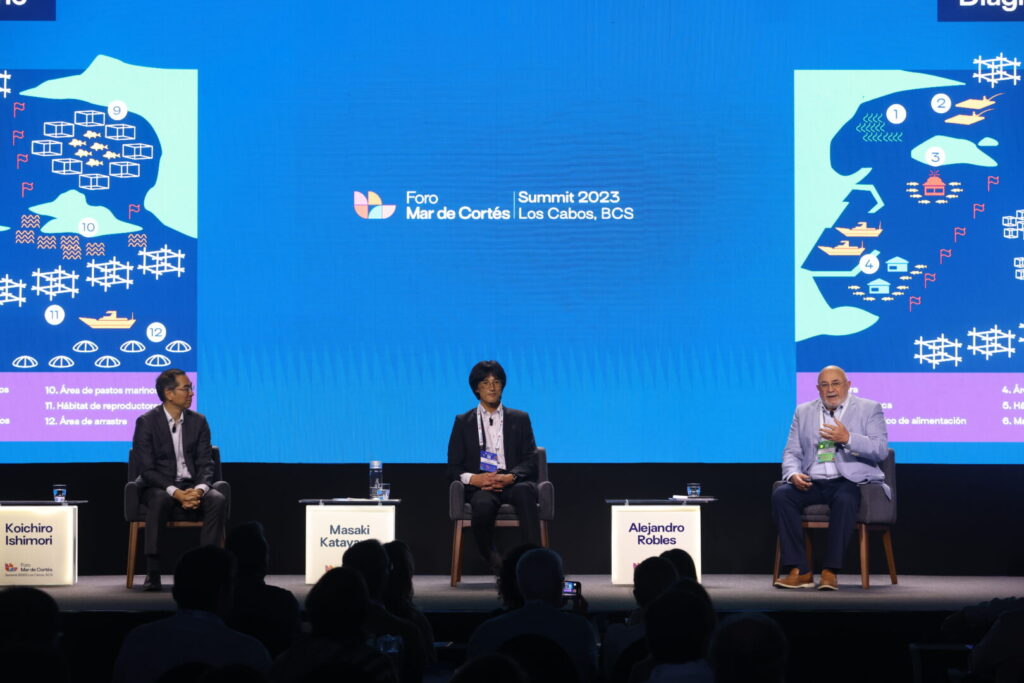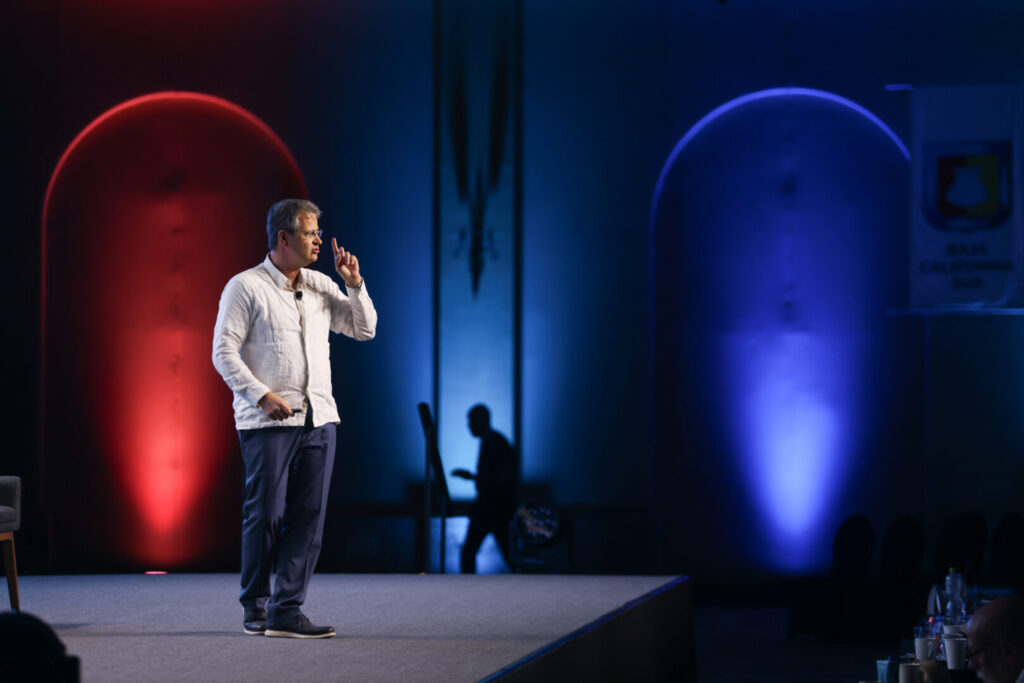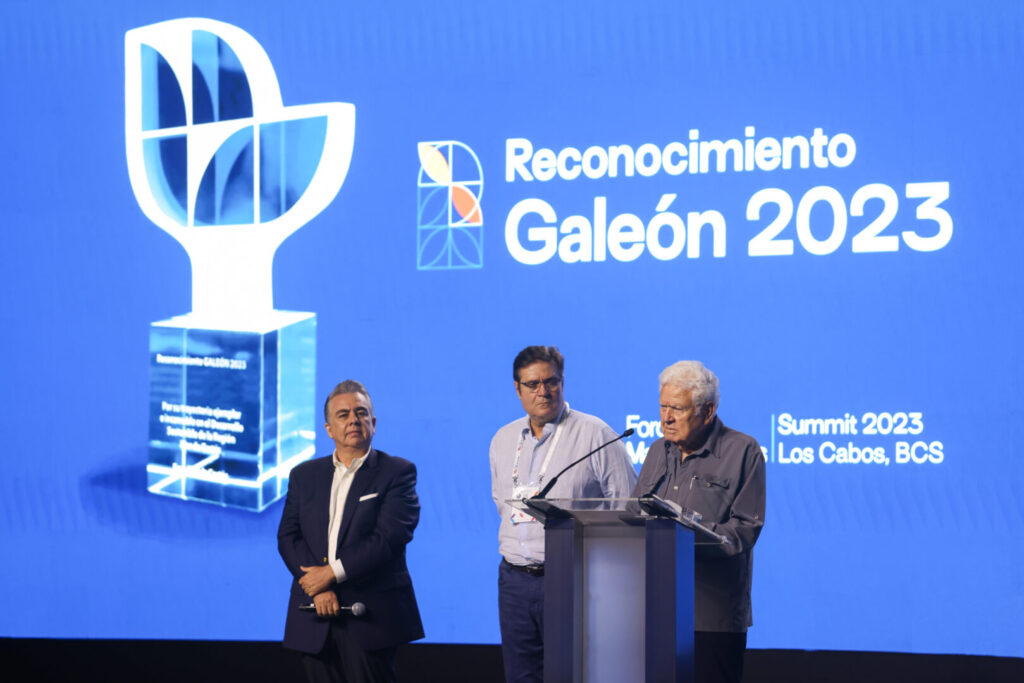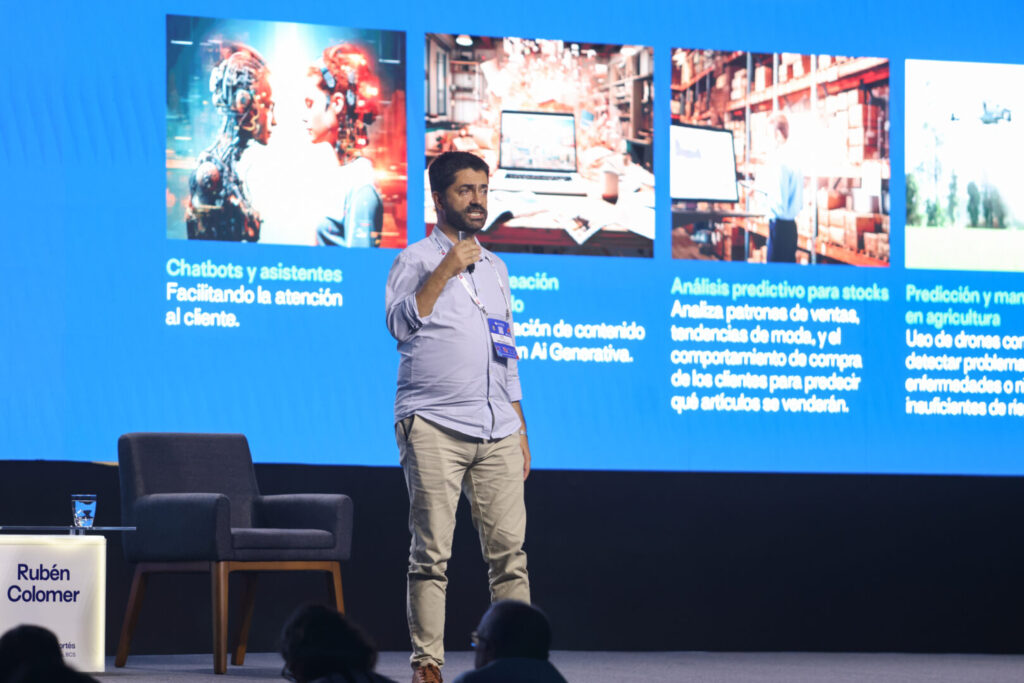Los Cabos, BCS. November 9, 2023. At Japanfor many years, they have found in the bivalve shells the natural allies to restore the prosperity of marine lifeand knowledge they have shared it with Mexico and, in particular, with the Sea of Cortés Regionwhere the Japan International Cooperation Agency (JICA) is promoting the project for the installation of artificial reefs.
Within the framework of the Summit 2023 Prosperity: A Possible Purposeof Sea of Cortez Forum, Koichiro IshimoriCEO and founder of Value Frontier; Masaki Katayamaof Ocean Construction Company, and Alejandro Robles GonzalezPresident of NOS Noroeste Sustentable, presented the conference Bivalve Shell Artificial Reefs in Low-Cost Structuresto demonstrate the success of this method of marine restoration which is currently being applied in the Bay of La Paz.
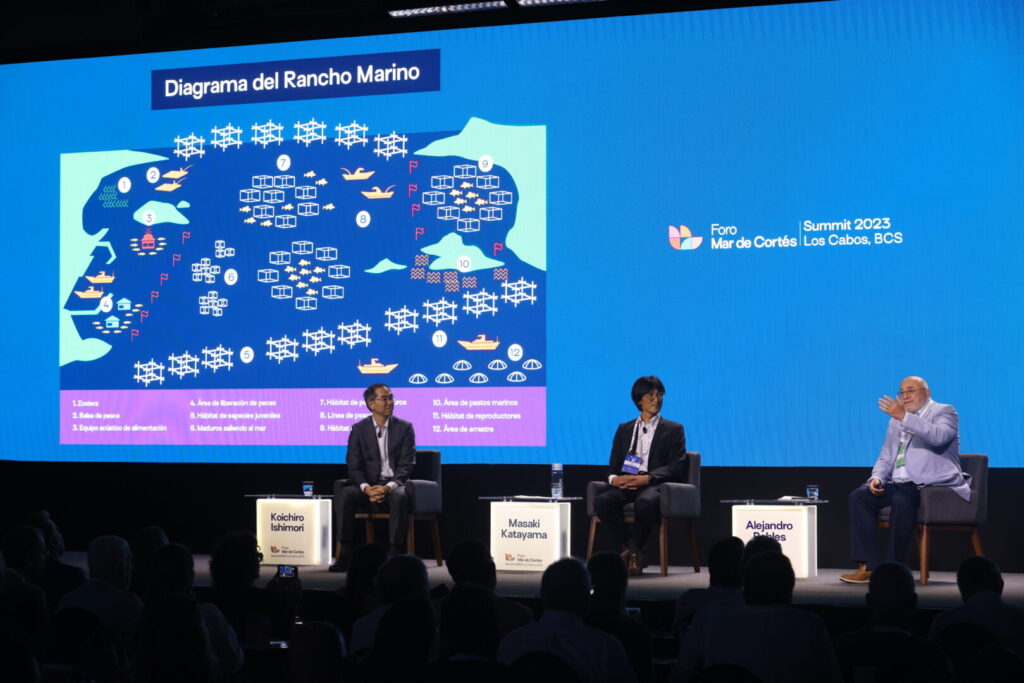
Fish population has declined in the Sea of Cortés
Ishimori said that by doing his own research on the fisheries sector in the Gulf of California found, among other things, that the fish population has declined and that about 10 percent of them are endangered, so one solution is the artificial reefs.
"They have a very good track record of improving or increasing fish stock throughout Japan and because this structure is built by artisanal fishermen, we could give them the opportunity to earn additional income," he said.
Masaki Katayama spoke from his personal experience with his father, who for a long time was a fisherman and realized, after many years of trial and error, that the others are useful to protect and feed and include the fish.
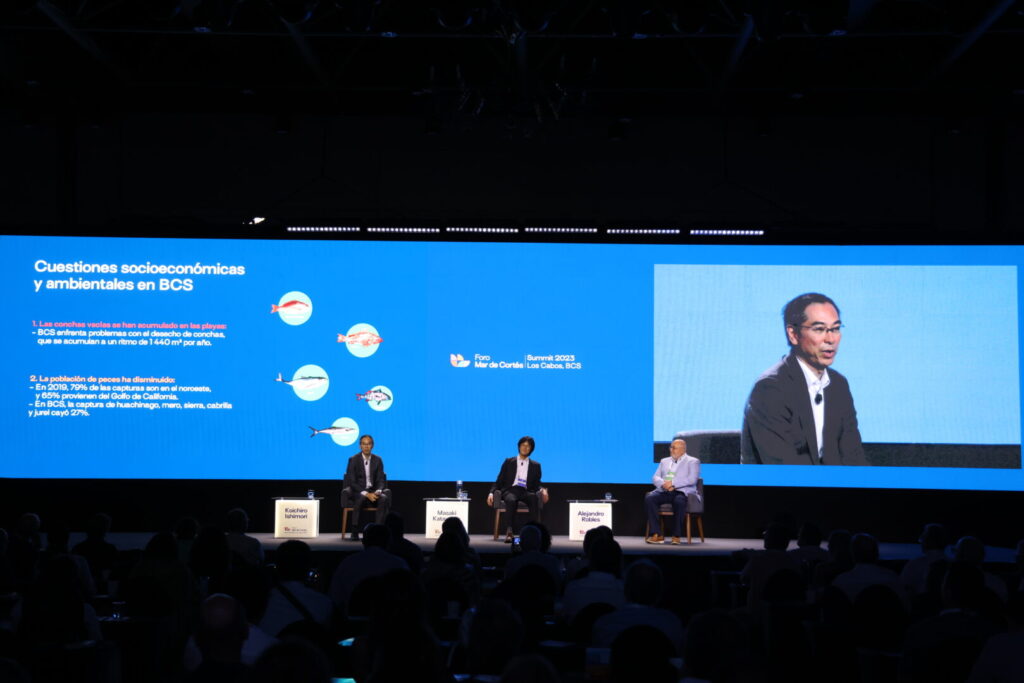
Learning from Japan's experience
Alejandro Robles explained that in the post-war period, in the midst of a period of growth, Japan had many problems of contamination and deterioration of its ecosystems, with the collapse of many fisheries, so restoration efforts began many years ago.
"I was surprised by (Japan's) capacity to recover species that had been significantly depleted and that in an area of 300 hectares a community of 300 fishermen was living, which means about 1.75 hectares per fisherman. In Mexico, a coastal fisherman today does not live with 50 hectares," he said.
The researcher emphasized that in May of this year the artificial reef project began in a small area of the Bay of La PazThe area will be protected for two years as a fishing refuge so that no one can fish and the ecosystem can recover.
A solution that can save fishing communities
Alejandro Robles Gonzalez stressed that three months after the installation of the artificial reefs found a higher density of fish of different species, even higher than what they have found in the protected area of the Espiritu Santo Island.
"The most important thing is that with this preliminary information the Government of Baja California Sur was very motivated and decided to put the funding to throw another 200 reefs more in the same area, to try to recover commercial species, based on the information we already have," he stressed.
The President of NOS Sustainable Northwest said that if this project is successful, as it seems to be, the idea is to replicate it in other parts of the country. Sea of Cortez to help the fishing communities to recover their overexploited species, to contribute to the management of fisheries and to have more options to improve the economy of the communities.
Who is...?
Koichiro Ishimori. He is CEO of Value Frontier. He has developed green power generation facilities in Japan using renewable energy, such as wind energy and biomass. In Baja California Sur he leads the Shell Nurse sustainable artificial reef project for JICA Mexico.
Alejandro Robles González. He is President of NOS Noroeste Sustentable AC Biochemical Engineer by ITESM, has more than 40 years studying the Sea of Cortés. He collaborated in the creation of the Upper Gulf of California Reserve. He is a member of the High Level Panel for a Sustainable Ocean Economy.

